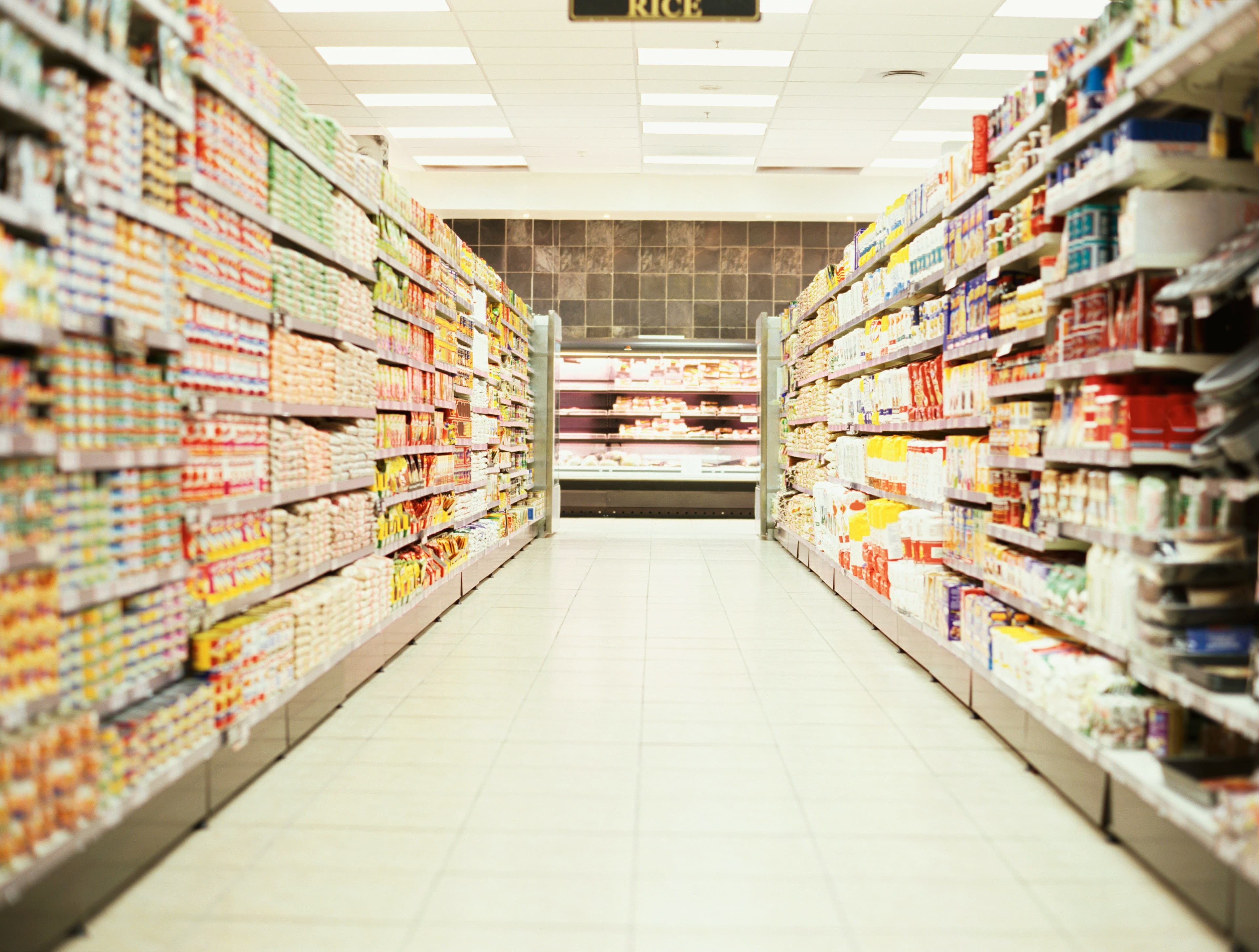Where the poor shop in Luxembourg and where the rich shop in Luxembourg

Getty Images
According to the STATEC study, income level has a significant impact on the consumer behaviour of households in Luxembourg. From the choice of outlets to the preference for certain product categories, the difference between low- and high-income households is evident in everything.
Low-income families (first quintile) spend more on food from school canteens (19% of their budget vs. 11% for the affluent) and takeaway or delivery meals (13.8% vs. 9.5%). While affluent families (fifth quintile) allocate more of their budget to restaurants (43.4% vs. 35.0%) and cafes (15.4% vs. 13.7%).
Low-income families spend more on products such as red meat (7.2% vs. 5.4%), white meat (6.0% vs. 2.8%) and sugary drinks (5.2% vs. 3.8%). In contrast, affluent families invest more in fish (6.6% vs. 5.8%), fruit and vegetables (18.7% vs. 17.4%), and products labelled "bio" (5.6% vs. 2.1%).
Affluent families prefer supermarkets, which account for 77.3% of their grocery expenditure, while the poor have 60.3%. Discounters remain more popular among the former (27% of their budget against 3.5% for the affluent). Local markets attract both categories, but well-to-do families spend more there - 15.7% vs. 10.8%.
The STATEC study demonstrates that income differences do not necessarily mean lower quality food for low-income households. However, significant differences in access to more expensive products and services, including restaurants and organic food, are evident.





